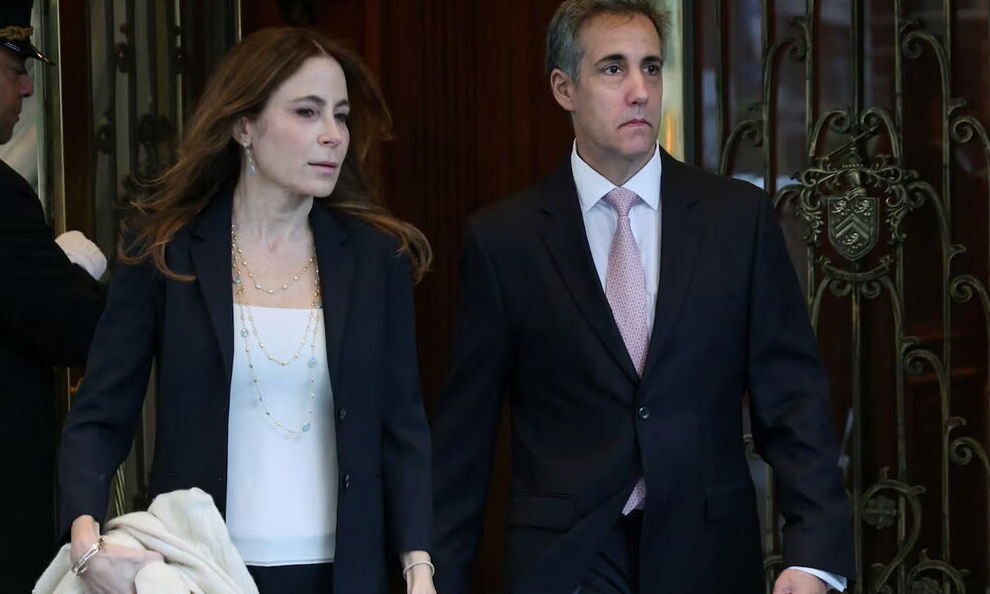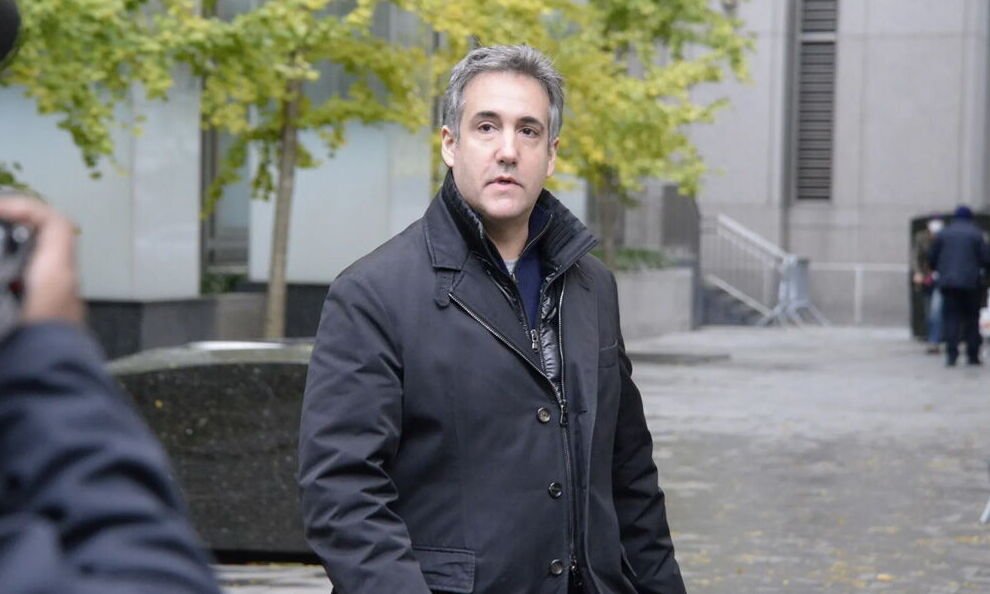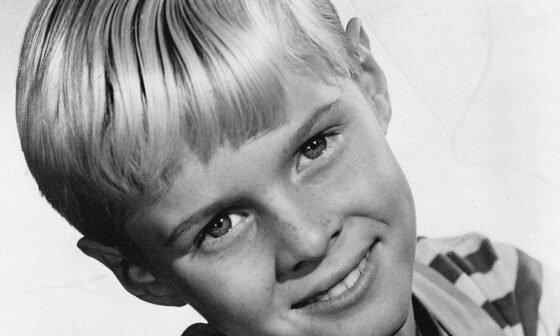Business Achievements of Fima Shusterman
Through key roles in knitting and taxi, Fima Shusterman broadened her portfolio. In apparel manufacturing, he co-owned Future Knits (1988) with Shalva Botier and Edward Zubok, and co-owned S&Z Fashions and LVA Corp since 1984. Between 1984 and 1988, he handled over $5.5 million in corporate checks and managed a 40-machine knitting factory worth over $1 million.
Within transportation, Shusterman obtained nine New York City taxicab medallions, each worth over $170,000, totalling around $1.5 million. While in executive and secretarial roles at Martha Cab, Bar Trans, Funky Taxi, and New York Fulton Taxi, he managed a network that maximised revenues using a limited licence market.
He bought three Trump World Tower apartments between 2003 and 2005 for a total of $7.6 million as part of his real estate business. These investments showed that they were strategically entering high-value homes in Manhattan.
Reasons Behind Success
Shusterman’s success came from understanding market shortage and demand. He found the taxi medallion market’s limited licensing system a lucrative opportunity, acquiring many medallions before values soared. His hands-on management of knitting enterprises enabled rapid production scaling during the mid-1980s industry boom.
Strategic contacts improved his market information and deal flow. Through his affiliation with Trump properties and his son-in-law, he gained access to high-end real estate options. This network supported his investing approach and enabled high-value acquisitions.
His eagerness to do massive cash transactions, even though they might be looked at by regulators later, sped up growth. His 1993 conviction for not following federal reporting rules made his legacy more complicated, but it also shows how hard he worked to keep the company growing quickly.

Other Successful Individuals in the Family
Laura Shusterman, Fima’s daughter, and her husband, Michael Cohen, became cab entrepreneurs. During the 1990s, they controlled many New York City medallions and made significant profits despite tax conflicts with city authorities. Early experience to her father’s businesses helped Laura navigate the medallion market.
Michael Cohen is better known for his subsequent legal and political work, although he made money at first by working with Laura to buy medallions. The family’s long-lasting position in New York’s cab sector was helped by their cooperative ventures.
No additional direct descendants or relatives of Fima Shusterman have announced comparable accomplishments.
FAQ
Who is Fima Shusterman?
Fima Shusterman, a Ukrainian-American businessman, excels in leadership in knitwear manufacture and savvy investments in NYC taxicab medallions and Manhattan real estate.
What were his primary industries?
Shusterman’s main businesses were making textiles through Future Knits, S&Z Fashions, and LVA Corp. He also owned nine high-value taxi medallions and was an official in several cab companies.
How did he finance rapid expansion?
Using a trusted accountant, he made huge cash transactions, reinvested revenues in scarce assets, and used personal networks for premium real estate acquisitions to scale quickly.
What legal issues did he face?
In 1993, Shusterman pleaded guilty to conspiracy for not following federal rules about reporting significant cash transactions. He got probation and a fine, but his enterprises kept running after that.
Who in his family continued his business legacy?
His daughter Laura Shusterman and her husband Michael Cohen were important figures in the ownership and operation of taxi medallions, keeping the family’s presence in New York’s transportation industry.






